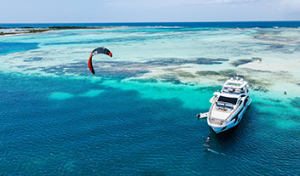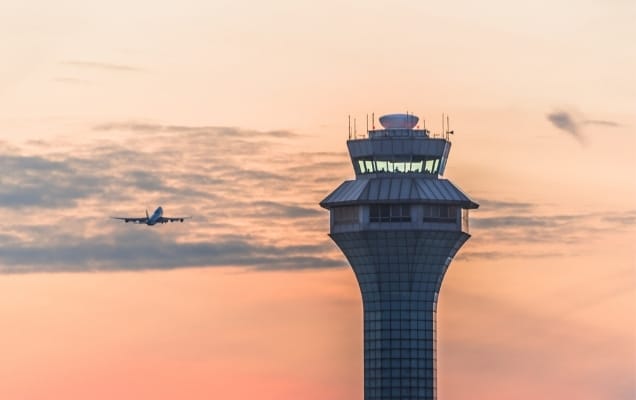Fine dining on a private jet is a challenge due to many factors, but it is possible. According to a recent article in Robb Report, changes in both personal taste buds and limits on catered food can define the difference between a meal that is mediocre and an entree that is exquisite.
According to the article, lower air pressure at 40,000 feet reduces your taste buds’ effectiveness and dulls the taste of many foods. Low humidity also takes its toll on taste buds, especially sweet and salty foods. But your taste for bitter and sour remain stable. That’s why the best foods to serve are those that have a pinch extra flavoring in them, to make up the deficiency that you experience at high altitudes.
There is a fifth taste sense, called “umani”, a Japanese word meaning “savory” that chefs try to add to dishes served in flight. This savory taste is found in tomatoes, mushrooms, legumes, olives and meats, among other foods, and so these are basic foods from which to prepare delicious dishes. Chefs want to avoid any subtle foods like poached or steamed veggies or meat, which lose their flavor. The taste of wine is different as well, with a robust wine being more true to taste than a subtle one.
Of course, some dishes that are not ideal are still requested by clients. Sushi is one of them. Because it cannot be served fresh, sushi can get mushy; yet clients request sushi as one of the top meals. Other requests not recommended are pizza, since every hot meal onboard needs to be reheated. Reheated pizza loses its texture and taste quickly once microwaved or reheated in a galley oven.
Some of the best foods are cold, since they don’t need to be reheated. An antipasto plate, for example, is an excellent choice. Croissants and fresh fruit make for a delicious light meal. Whatever the food, remember it’s not going to taste the same at high altitudes than it would on the ground. Add to that the challenge of reheating cooked food, and you can understand why some foods are better than others.
The secret is to find out what is recommended by the caterers who are especially trained in preparing in-flight food. These cooks know what works and what doesn’t for both food and beverages. If you have a request for a certain meal, remember the general rules about how your taste buds will operate with low air pressure and low humidity. It’s best to go with savory foods if you want to enjoy your in-flight dining experience. And don’t forget dessert – most keep their flavor intact and are a treat to end any meal.





















